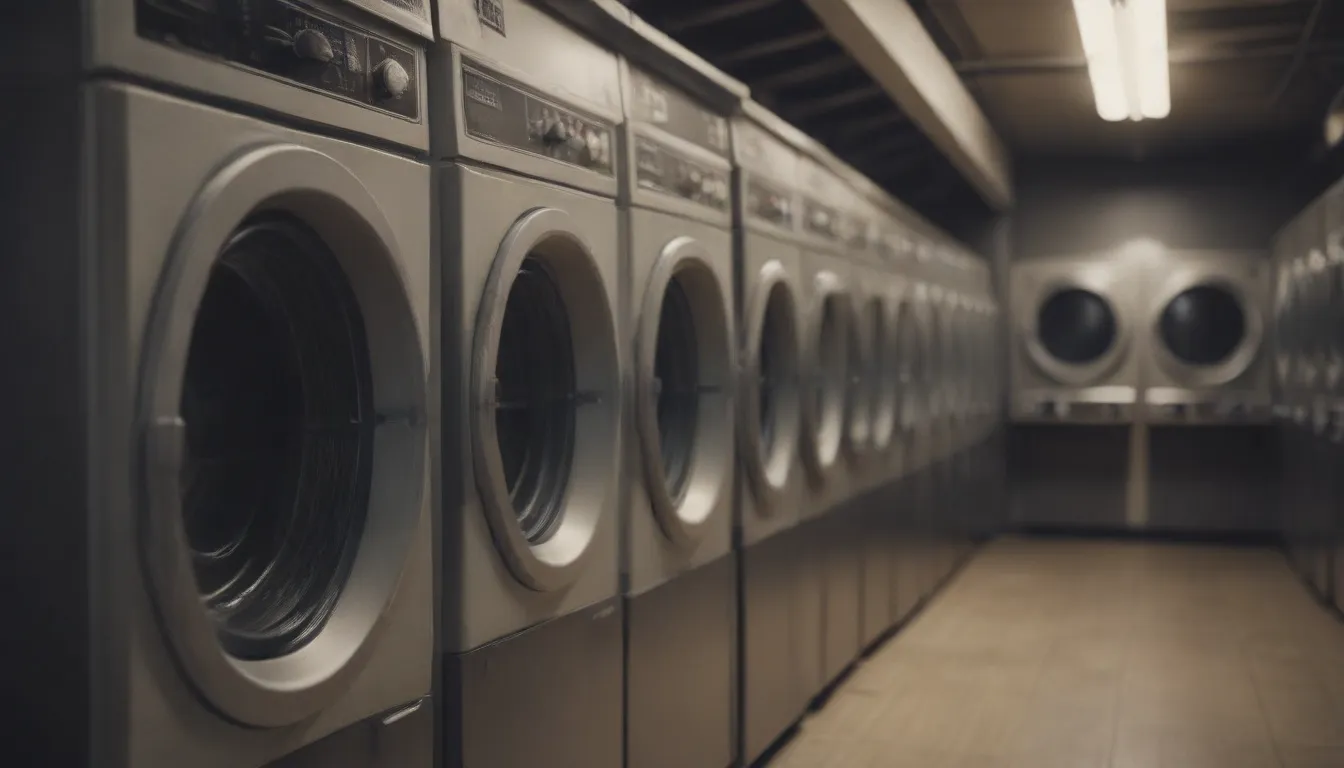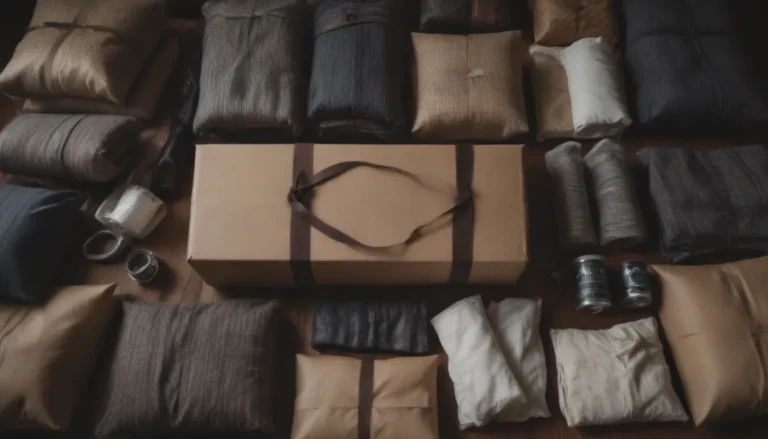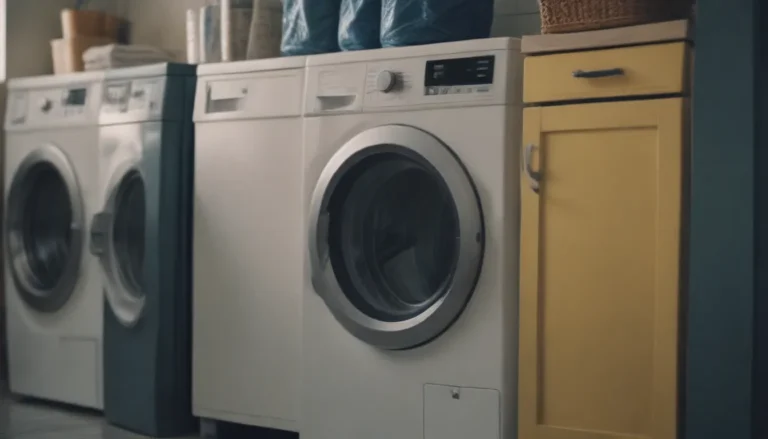Maximizing Your Dryer’s Potential: A Comprehensive Guide to Selecting the Right Dryer Cycle

Are you tired of dealing with clothes that come out of the dryer still damp or wrinkled? Do you find yourself wondering if you’re using the correct cycle for each load of laundry? If so, you’re not alone. Many people use the same cycle setting for every load of laundry, not realizing that different fabrics and items require different drying cycles for optimal results.
In this in-depth guide, we’ll walk you through the various dryer cycles available on most modern dryers and help you understand when and how to use each one. By the end of this article, you’ll be equipped with the knowledge you need to make the most out of your dryer, save money on energy costs, and ensure that your clothes come out looking and feeling their best.
Understanding the Basics: Air Dry or Air Fluff Cycle
Let’s start with the Air Dry or Air Fluff cycle. This cycle does not use any added heat; instead, it relies on fresh room temperature air to gently fluff up your clothes. It’s perfect for removing dust, lint, and pet hair from fabrics, making it ideal for items like pillows, down-filled coats, and comforters. To enhance the fluffing action, consider adding wool dryer balls to the cycle.
While the Air Dry cycle won’t completely dry wet clothes, it’s great for freshening up dry clean only garments or items that have been sitting in storage and have a musty smell. For an added touch of freshness, toss in a dryer sheet or a damp cloth scented with essential oils to help eliminate wrinkles.
Benefits of the Air Dry Cycle:
– Fluffs up pillows, down-filled items, and comforters
– Removes dust, lint, and pet hair from fabrics
– Freshens dry clean only clothes and musty-smelling items
The Gentle Touch: Delicate or Gentle Cycle
Next up is the Delicate or Gentle cycle, designed specifically for delicate fabrics that can’t handle high heat settings. While women’s delicates like bras and panties should always be air-dried, other thin or lacy fabrics, such as rayon or silk, benefit from the gentle treatment of this cycle.
Be sure to use the Gentle cycle for garments with added embellishments like beading, sequins, embroidery, or iron-on decals, as high heat can damage these delicate features. Additionally, high-performance fabrics require the gentle touch of this cycle to prevent fraying, sticking together, or fading.
When to Use the Delicate Cycle:
– Thin or lacy fabrics like silk or rayon
– Garments with added embellishments or high-performance fabrics
Say Goodbye to Wrinkles: Permanent Press or Wrinkle-Resistant Cycle
If you’re tired of spending time ironing your clothes after they come out of the dryer, the Permanent Press or Wrinkle-Resistant cycle is for you. This cycle uses a medium level of heat to prevent wrinkles and reduce the need for ironing, especially for garments like shirts, blouses, dresses, slacks, and outerwear.
While the Permanent Press cycle is great for synthetic fabrics like polyester, it also works well for lightweight cotton, ramie, linen, and other natural fiber garments. Keep in mind that the cool-down period at the end of this cycle helps relax wrinkles in fabrics, making them easier to fold without creases.
Benefits of the Permanent Press Cycle:
– Reduces wrinkles in clothes
– Minimizes the need for ironing
– Works well for synthetic and natural fiber garments
Your Go-To Cycle: Regular, Automatic, or Timed Dry
For everyday items like towels, sheets, sweats, and jeans, the Regular, Automatic, or Timed Dry cycle is your best bet. Whether you opt for the automatic dry setting, which uses a moisture sensor to determine dryness, or choose a specific time for drying, this cycle uses high heat to get the job done.
Keep in mind that high heat can cause damage to fabrics, so it’s essential to use this cycle only for strong fabrics that can withstand the heat. Additionally, make sure to clean the moisture sensor regularly to prevent overdrying your clothes and wasting energy.
Tips for Using the Regular Cycle:
– Ideal for towels, sheets, sweats, and jeans
– Clean the moisture sensor monthly to prevent overdrying
– Use high heat only for strong fabrics
Embracing Technology: The Steam Cycle
Some dryer models come equipped with a steam cycle feature, which can be a game-changer for refreshing clothes that don’t need a full wash but could benefit from a quick steam. This cycle helps remove odors and wrinkles, making it perfect for garments that have been sitting in the closet for a while or need a little pick-me-up.
Additionally, you can use the steam cycle at the end of a regular drying cycle to prevent wrinkles if you forget to remove the clothes promptly. By harnessing the power of steam, you can keep your clothes looking and smelling fresh without the need for rewashing.
Advantages of the Steam Cycle:
– Refreshes clothes without washing
– Removes odors and wrinkles
– Prevents wrinkles at the end of a drying cycle
Wrapping Up
In conclusion, selecting the correct dryer cycle is essential for getting the best results from your dryer, extending the lifespan of your clothes, and saving energy costs in the long run. By understanding the various drying cycles available and knowing when to use each one, you can ensure that your laundry comes out looking and feeling its best every time.
Remember to always follow the manufacturer’s instructions for your specific dryer model and fabrics to avoid any damage or mishaps. With the knowledge gained from this comprehensive guide, you’ll be well-equipped to make informed decisions when it comes to selecting the right dryer cycle for your laundry needs.
So go ahead, experiment with different cycles, and see the difference it can make in the quality of your clothes. Your wardrobe will thank you, and your wallet will too!
Now go forth and conquer your laundry with confidence, armed with the knowledge of how to select the correct dryer cycle like a pro!





